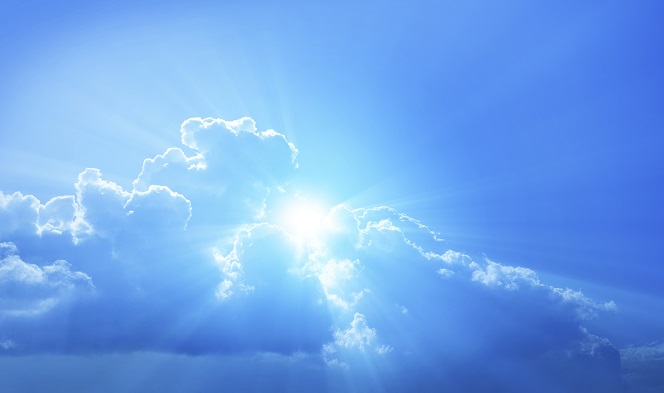 Seasonal acne, or acne that appears every summer or winter like clockwork, is one of the most feared phenomena among acne patients. The problem isn’t even the acne itself – it’s the unpredictability.
Seasonal acne, or acne that appears every summer or winter like clockwork, is one of the most feared phenomena among acne patients. The problem isn’t even the acne itself – it’s the unpredictability.
The average teenager is completely clueless at controlling their skin, and ends up at the mercy of the changing months. Instead of indulging at Christmas or enjoying a summer of fun, they worry frantically about whether the wrong foods, exercise, or even minor things like drinking beer are responsible.
Fortunately, you do NOT have to let seasonal acne dominate your life. Maybe you have a vague and correct idea that changes in natural light are involved, but if you don’t understand the specific scientific mechanisms, and therefore solutions, your seasonal acne could go on for years.
Read on then, and discover the fantastically simple truth…
Studies say it’s real
Firstly, you need to know that seasonal acne isn’t an imaginary phenomenon invented by teenagers. It is officially recognised in dermatological circles and if any friends or family members laughed at you, they were wrong.
Plenty of studies have tested seasonal acne, beginning with this Saudi Arabian experiment which tested 142 females and 78 males between January 1999 and December 2000. The patients’ median ages were 14.8 and 16.3 respectively, meaning that they were classic acne-ridden teenagers. Ultimately, acne was far more common in winter: “seasonal variations were observed in acne as the condition exacerbates in winter, while if often improves during the summer months”.
Yet this 2002 study disagreed completely. Among 452 acne patients, 50.67% reported seasonal acne and within that group, 56% claimed that their acne was worse in summer compared to 11% in winter. Among all the patients, 80.62% experienced heightened summer acne due to increased sweating and humidity.
Read Annihilate Your Acne – learn how to clear your skin permanently
The scientists admitted that “our study is at variance with the existing literature”. They were however, supported by an Indian study from 2009 which tested 309 acne patients aged 16 to 20. 80 (25.9%) of this group suffered from seasonal acne and within them, 71 had more ferocious summer acne while 9 had more ferocious winter acne.
Finally, we have a completely even study, performed in 1996 on 139 acne patients. It proved seasonal acne’s existence, with two thirds confirming it in a questionnaire. However, 1 third reported aggravated summer acne while another third reported aggravated winter acne.
Elsewhere, several less official questionnaires have asked about seasonal acne, and the ball generally lands in the court of winter/fall acne. During my own scouring of English language forums, I’ve noticed a definite trend towards winter outbreaks in acne patients’ testimonials. The Indian study contradicts this, but it was conducted in an extremely sunny country and the usual pitfalls of winter (no sunlight) almost certainly wouldn’t be valid. Then again, the Saudi Arabian study did find a worsening in winter, in another scorched and sun-drenched land.
The simple truth is that both summer and winter outbreaks are possible, based on multiple unique circumstances and genetics.
Winter acne – the single main cause
That said, if the bane of your life is winter acne, then one culprit is extremely probable: vitamin D deficiency.
We discussed here how vitamin D can cure acne by: 1) lowering chronic inflammation via a constrained immune system, 2) improving oily skin by lowering insulin levels, and 3) fixing antioxidant deficiencies, by supercharging your body’s glutathione production. As of mid 2020, 7 studies on human beings have found a direct correlation between vitamin D and acne (see here). Vitamin D also increases serotonin, the happiness neurotransmitter, and hence lowers stress hormone levels.
Why does this matter? Because if it’s winter and the sun is weak or hidden behind constant damp weather, it isn’t stimulating your vitamin D production at all. UV rays are our number 1 source of vitamin D. Foods contain only tiny amounts and the amounts of those foods are tiny (eggs, mushrooms, fish, dairy).
Recommended – 6 vitamins and minerals which could finally clear your acne
In places like Scotland, vitamin D is downright unobtainable from October to March, thanks to an alliance of the high latitude and thick atmosphere. The same is true for Canada, Russia and Scandinavia.
Furthermore, vitamin D deficiency is an epidemic anyway:
ONE: The US National Health and Nutrition Examination Survey observed that 50% of children aged between 1 and 5 and 70% between 6 and 11 are deficient.
TWO: the UK situation is similarly grim: surveys by British National Diet and Nutrition from 2008/9 to 2011/12 indicate that 25% of UK adults have low vitamin D levels.
THREE: Up to 95% of elderly people in the US may be deficient, partly because they lack sunlight, and partly because the ability to manufacture vitamin D falls with age.
FOUR: Dr Michael Holick, the scientist who discovered vitamin D3 back in the 1970s and has devoted his career to researching it, estimates that 50% of US citizens are deficient.
FIVE: The Centre for Disease Control and Prevention (CDCP) once discovered that 32% of US adults and children are deficient.
The evidence is clear. Vitamin D deficiency is probably the number one cause of seasonal acne in winter. Scroll down and you will find tried and tested instructions for supplements.
5 more winter explanations
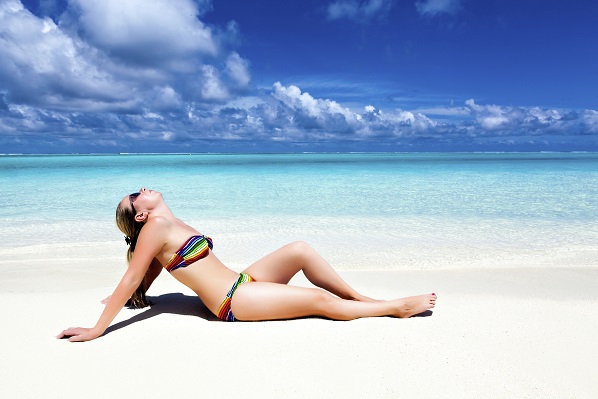 It doesn’t end there though. Ever since the 1970s, seasonal affectivity disorder (SAD) has been studied in great detail, which is essentially seasonal depression or the “winter blues”.
It doesn’t end there though. Ever since the 1970s, seasonal affectivity disorder (SAD) has been studied in great detail, which is essentially seasonal depression or the “winter blues”.
This feared disease shows up exactly when seasonal acne shows up, in fall and winter, so could there be a connection? Easily, because a downbeat mood and lack of happiness are clear candidates for increasing the stress hormone cortisol. This acne-causing menace slows wound healing and disrupts the absorption of acne nutrients. Meanwhile, the fight or flight stress hormone adrenlaina can signal acne bacteria to get more aggressive.
7 natural topical treatments which can massively reduce acne
As for the seasonal connection, the lack of light itself may be a direct culprit; studies have found that blue light directly triggers serotonin production. This review of multiple studies found that depressed people responded excellently to light treatment.
Another possibility which scientists are furiously researching is porphyrin, a compound located in the skin’s epidermis. Studies (like this one) have found higher porphyrin levels than average in acne-prone skin, but sunlight can apparently destroy porphyrin molecules or mutate the into aggressive free radicals which zoom off and destroy p.acnes bacteria. This happy scenario would be far less likely in winter.
Then there’s Christmas, a festive free for all of sugary treats and non-nutritious food (although turkey is rich in zinc). Higher central heating could suck the moisture out of your skin, or you might pass the winter by with dozens of hot showers (which crank up sebum production massively). There’s tons of explanations for winter acne. Vitamin D deficiency is the real killer though, so make fixing it your top priority.
As for summer acne?
This study found that sebum (oil) production normally bottoms out during winter: “evidence for seasonality was observed, with lower lipid production… during the winter.” This means that summer could be the season of clogged pores, which many social media posters have speculated on already.
One factor that explains the wildly varying stories of seasonal acne is skin sensitivity. You see, we all need sunlight to acquire vitamin D, but some acne patients are vulnerable to UV rays, which trigger aggressive chains of free radicals. In fact, sunlight is an absolute nightmare for some. For me and others, it’s always been terrific. Why are some immune to it?
It’s partially genetics, but nutritional deficiencies are also important. In particular, vitamin A is a godsend for an acne patient, as it’s essentially nature’s sunscreen.
Retinol, beta carotene, and other carotenoids accumulate in your outer skin cells and directly increase their resilience against UV light. The antioxidant resveratrol also has this trick, as do many flavonoids and polyphenols found in foods (dark chocolate is one mega-sunscreen food).
Why bread and pasta are a massive cause of acne
Most people knowingly eating a poor diet will miss these compounds, but so could clean living people whose food choices happen to miss a few key nutrients. It’s these people who fall into the category of summer acne.
How to prevent winter seasonal acne
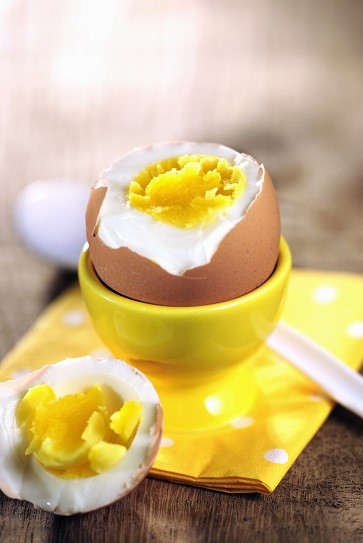 Most of the solutions for seasonal acne are a piece of cake. For winter acne, you should:
Most of the solutions for seasonal acne are a piece of cake. For winter acne, you should:
Supplement with vitamin D – supplementation is a smart idea for most acne patients anyway. Here’s what you should do: take vitamin D3, not D2, as D3 is closer to the form generated in your skin from sunlight and is far better utilised by the body. Don’t buy a grocery store version loaded with fillers like magnesium stearate and BPA.
Instead use this NatureWise Vitamin D3 (amazon link). This is the greatest pure vitamin D supplement bar none. It’s encapsulated in extra virgin olive oil and is well absorbed into the body. Each pill contains 5000U, which isn’t always necessary, so I recommend taking one pill per day for a while to optimise your levels, then taking a pill on two out of three days to maintain your levels, with an effective daily intake of 3333IU.
A cheaper supplement is this Fertile Moon Liquid Vitamin D3 (amazon link). This is insane value for money; it’s so concentrated you only need a couple of drops daily.
Take a zinc supplement – if stress is the real villain behind your winter acne, then zinc is a fantastic supplement, as it provides the building blocks for the happiness neurotransmitter serotonin.
This study gave 6 patients zinc for 6 weeks and observed a substantial improvement in the Hamilton Depression Rating Scale, while this study found a boost in happiness comparable to pharmaceutical antidepressants.
To get more zinc you can either 1) eat plenty of meat, seafood, eggs and organs, 2) eat oysters a couple of times a week, or 3) take a high quality supplement. My favourite natural brand is this MegaFood Zinc (amazon link), a well-absorbed food-based zinc which is free from any harmful additives like corn flour and magnesium stearate. Don’t buy a cheap and nasty zinc oxide from the local chemists – its absorption is terrible.
Take magnesium and/or vitamin C – again for stress, vitamin C and magnesium both clear excess cortisol from the bloodstream. Magnesium is known as the relaxation mineral while studies find that vitamin C megadosing allows businessmen to relax and perform public speaking engagements far better.
For vitamin C, either eat tons of plant foods like broccoli, potatoes, kale, and strawberries, or take this Garden of Life Raw Vitamin C (amazon link), a supplement derived from whole foods and featuring a bonus blend of healthy fruits and vegetables. For magnesium, I strongly recommend this Ancient Minerals Magnesium Oil (amazon link), which transports magnesium through the skin and directly into the bloodstream. The best pure bottle of capsules is the well-absorbed Pure Encapsulations Magnesium Glycinate (amazon link).
How combat summer acne
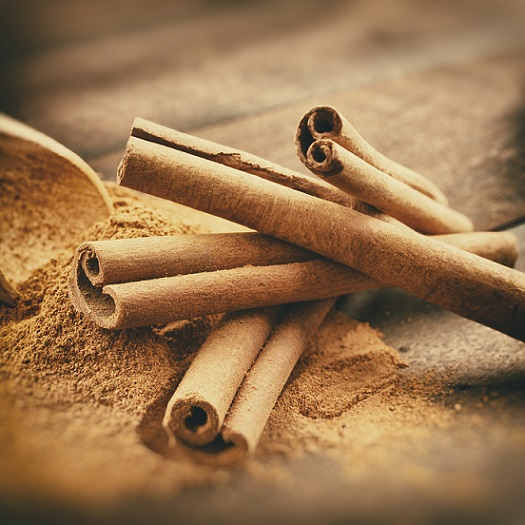 Eat more vitamin A – if you want your skin to become an effective layer of natural sunscreen, then good news: a supplement is totally unnecessary. The plant form of vitamin A, beta carotene, is most protective against UV radiation and that’s dead easy to get. Eat plenty of carrots, sweet potatoes, kale, lettuce, pumpkin, and butternut squash. The animal form retinol helps too, so eat eggs, cheese, yoghurt, and liver.
Eat more vitamin A – if you want your skin to become an effective layer of natural sunscreen, then good news: a supplement is totally unnecessary. The plant form of vitamin A, beta carotene, is most protective against UV radiation and that’s dead easy to get. Eat plenty of carrots, sweet potatoes, kale, lettuce, pumpkin, and butternut squash. The animal form retinol helps too, so eat eggs, cheese, yoghurt, and liver.
Additionally, vitamin A is the most important nutrient for lowering sebum production, which is elevated during summer.
Eat more antioxidants – resveratrol, flavonoids, and cocoa polyphenols are the tip of the iceberg when it comes to sunscreen antioxidants. Eat a wide variety of fruits, vegetables, herbs and spices and you will feed your skin a wide variety of plant compounds. A particularly effective sunscreen is lutein, a carotenoid found in eggs, kale and other green vegetables.
Take cold showers – why does sebum output really increase during summer? It’s not to keep you cool, that’s the function of sweating. It’s actually to lubricate your skin in response to dryness caused by hot weather…
Read this article and learn why vitamin A is great for oily skin
…and a terrific way to counter the dryness is taking a cold shower. Cold showers are phenomenal for skin tone, skin hydration, and for reducing acne across your entire body. Hot showers, meanwhile, dry out your skin, causing your sebaceous glands to pump out more oil to relubricate it. Cold showers also have terrific mental benefits like slashing stress, increasing serotonin levels and generally making you feel superhuman.
Eat less carbohydrates and sugar – in a hot summer you should use every trick available to control your sebum production and there’s no better way than lowering insulin levels. Insulin binds directly to receptors in your sebaceous glands, and enhances the ability of DHT and testosterone to do the same.
The main cause of elevated blood insulin levels is a high carbohydrate diet, so eat less bread, pasta, cereal, potatoes, OR simply burn those carbs up through exercise like swimming, hiking, or cycling. Avoid simple sugars, as the rapid blood sugar and insulin spike is a rapid way to crank up sebum production.
Take zinc in summer as well – zinc is needed to manufacture retinol-binding protein, which transports all vitamin A to the skin.
Eat cinnamon – this common household spice lowered blood sugar by 18-29% in one study. Other studies have observed reduced insulin levels, and both will keep oily skin in check. Sprinkling your meals with Ceylon cinnamon (preferably not cassia) will provide a ton of antioxidants too. For excellent value for money and guaranteed high quality, this bulk bag of Healthworks Organic Ceylon Cinnamon Powder (amazon link) is perfect.
Conclusion
The reality is that if you follow our wider strategies on this website, such as lowering inflammation, eating more antioxidants, and sleeping correctly, acne will fail to gain a foothold at any time of the year. So follow the strategies above, but also double down on a clean diet and lifestyle elsewhere.
You should now have the power to control your acne year round. If the pimples arrive in winter right on schedule, use these strategies to give them the pummelling they deserve.
NEXT: forget creams and moisturisers – discover the ultimate acne-clearing diet
Thanks for reading!
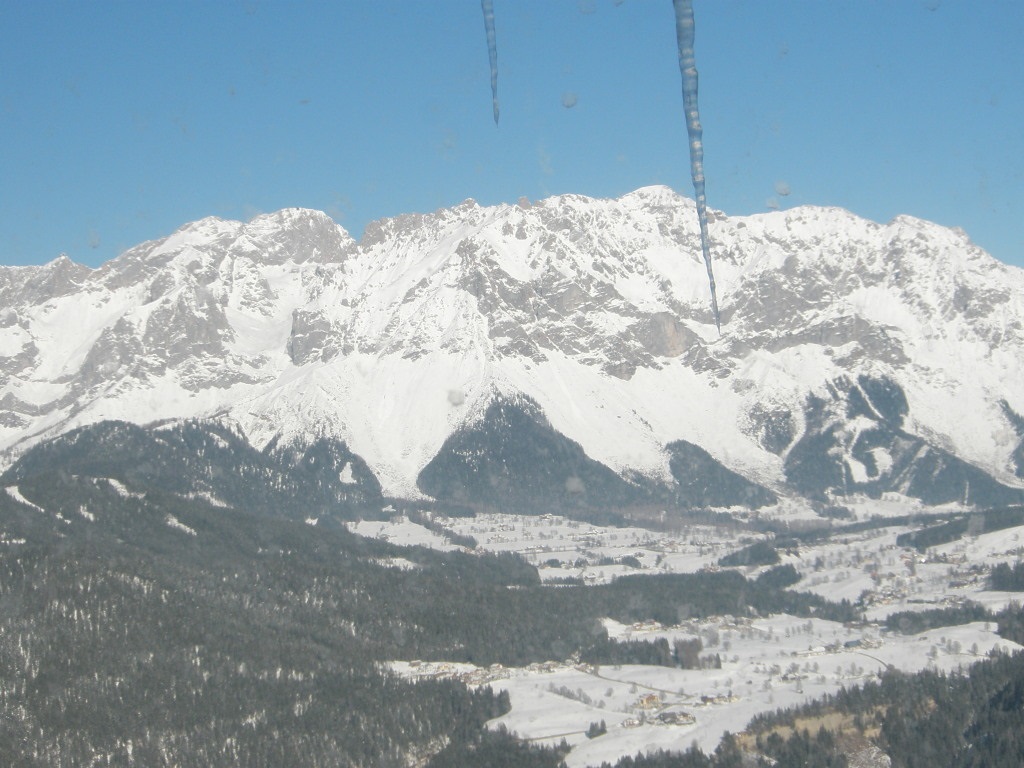
Hi there,
What are the differences,if any, between:
Monomethionine vs. Methionine
and also
L-Optizinc vs Optizinc
Thank you for your very informative page!
Hey JR, I believe that methionine and monomethionine are slightly different structures of zinc supplements. Both are bound to another molecule in a way that increases absorption in the gut, but in a slightly different manner. L-optizinc and optizinc are slightly varying brands – the basic concept is zinc bound to l-methionine to massively enhance absorption.
Greatest article on the internet on Acne. Thank you so much for this. Genius!